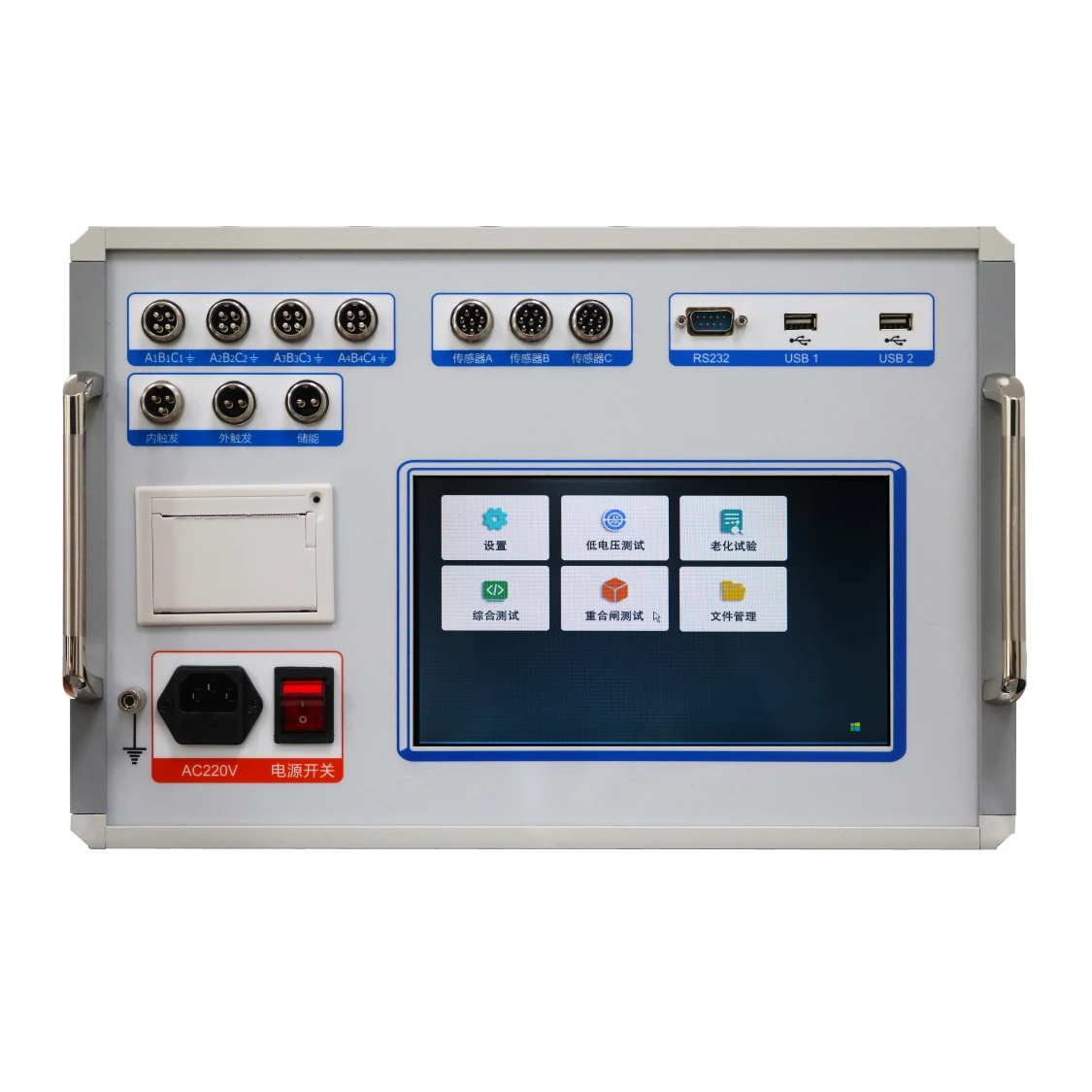 English
English


Innovative Digital Rotational Viscometer for Accurate Fluid Viscosity Measurements
Understanding Digital Rotational Viscometers A Comprehensive Overview
In the realm of material science and engineering, viscosity measurement plays a critical role in various industries including food, pharmaceuticals, cosmetics, and paints. Among the numerous viscosity measurement devices, the digital rotational viscometer stands out due to its precision and versatility. This article will delve into the working principles, applications, advantages, and limitations of digital rotational viscometers, offering a well-rounded understanding of this essential tool.
Working Principle
A digital rotational viscometer measures the viscosity of a fluid by applying a known torque or rotational force to a spindle immersed in the sample. As the spindle rotates, it creates a shear stress that causes the fluid to flow. The resistance met by the spindle, due to the internal friction of the fluid, is directly related to the viscosity of the sample. This relationship is quantified using the formula
\[ \text{Viscosity} (\eta) = \frac{\tau}{\dot{\gamma}} \]
where \( \tau \) is the shear stress applied, and \( \dot{\gamma} \) is the shear rate of the fluid. Digital viscometers use advanced electronic sensors to provide real-time data on these parameters, resulting in an accurate and user-friendly output.
Applications
Digital rotational viscometers are used extensively across several sectors. In the food industry, they assist in ensuring the consistency and texture of products such as sauces, dressings, and dairy items. For pharmaceuticals, accurate viscosity measurements are crucial for formulating syrups and ointments, ensuring proper dosage and stability. In the cosmetics sector, these instruments help in the formulation of creams and lotions, enabling manufacturers to achieve the desired spreadability and feel.
Further, industries such as adhesives and coatings rely on digital rotational viscometers for quality control and product development
. By analyzing the viscosity of paints and inks, manufacturers can ensure optimal application properties and performance.digital rotational viscometer

Advantages
The benefits of using digital rotational viscometers are manifold. Firstly, their digital interfaces allow for easy operation and data collection, often featuring software that can analyze results and generate reports. This not only saves time but also reduces the likelihood of human error associated with manual readings.
Secondly, digital viscometers offer a wide range of viscosity measurements, accommodating both low-viscosity and high-viscosity fluids. This versatility makes them suitable for various applications across different industries.
Moreover, many modern digital rotational viscometers come equipped with temperature control systems, enabling the user to maintain a consistent measurement environment. This is crucial, as viscosity can significantly vary with temperature.
Limitations
Despite their numerous advantages, digital rotational viscometers also come with certain limitations. One primary concern is the potential for shear-thinning or shear-thickening behavior of non-Newtonian fluids. These materials do not exhibit a constant viscosity, and measurements may vary under different shear conditions. Users must be aware of these behaviors when interpreting data.
Additionally, the initial investment for high-quality digital rotational viscometers can be substantial, which may be a barrier for smaller companies or research labs with limited budgets. Regular calibration and maintenance are also necessary to ensure precision, adding to the total cost of ownership.
Conclusion
Digital rotational viscometers are indispensable tools in various industries, providing precise and reliable viscosity measurements crucial for product quality and consistency. While they come with challenges typical of viscosity measurement, their benefits often outweigh these drawbacks. As technology evolves, we can expect further advancements in digital viscometer designs, enhancing their capabilities and applications. For anyone involved in material formulation and quality control, understanding and utilizing this technology can lead to significant improvements in product development and satisfaction.
-
Differences between open cup flash point tester and closed cup flash point testerNewsOct.31,2024
-
The Reliable Load Tap ChangerNewsOct.23,2024
-
The Essential Guide to Hipot TestersNewsOct.23,2024
-
The Digital Insulation TesterNewsOct.23,2024
-
The Best Earth Loop Impedance Tester for SaleNewsOct.23,2024
-
Tan Delta Tester--The Essential Tool for Electrical Insulation TestingNewsOct.23,2024





